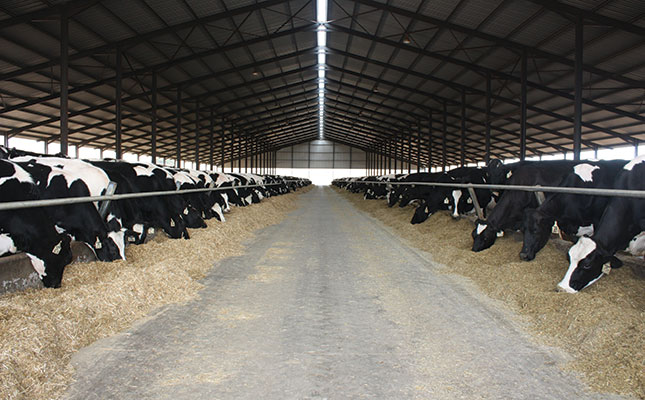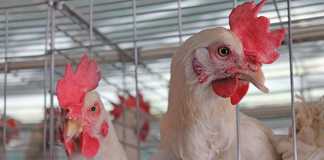
Photo: FW Archive
The South African market is currently able to absorb the volumes of unprocessed milk being produced across the country, despite the lockdown restrictions and high feed prices, which has had a negative impact on producers.
This was according to Bertus van Heerden, chief economist at the Milk Producers’ Organisation (MPO), who said this indicated that there was still strong demand from processers, and that producers were currently able to meet these supply levels.
He added that unprocessed milk production had stagnated during 2019, with the trend continuing into the first quarter of 2020.
“However, it is now winter, traditionally a lower production period. Against the backdrop of the ‘unknown’ demand as the economy shrinks, the MPO believes that producers should be cautious and not chase volumes.”
He added that producer prices had started to recover for the first time in more than two years and high volumes under these circumstances would hinder this trend.
“Prices recovered from a very low base and adjustments were made in pricing.”
As a result of the national lockdown to contain the coronavirus disease (COVID-19) pandemic, which saw a ban on trading in the restaurant and hospitality industries, there was also a sharp decline in demand for certain dairy products that were traditionally in high demand by this sector.
Van Heerden explained that feed costs were currently high because maize prices in South Africa had been affected by the lower prices achieved for this commodity in the US, along with the significant weakening of the rand against the US dollar.
“The milk to feed price ratio [in South Africa] is [currently] 1,29:1. At a price ratio of 1,4:1, favourable economics start to return to a dairy farm,” he explained.
Ndumiso Mazibuko, senior economist at the National Agricultural Marketing Council, said in March and April this year, there had been a slight increase in producer prices, but due to the contracted economic forecast for the country, producer prices could come under pressure.
“With South African consumers under economic pressure, this may drive down the demand of dairy products. [However,] the easing of the lockdown in South Africa may lessen the pressure on the dairy industry in the short [term].”
He added that one of the dairy product categories that had been worst affected was cheese, mainly due to the impact of the lockdown regulations on the restaurant and hospitality industries.
Mazibuko said that in the first quarter of 2020, milk production amounted to approximately 797 million litres, which indicated a marginal increase of 1% compared with last year.













